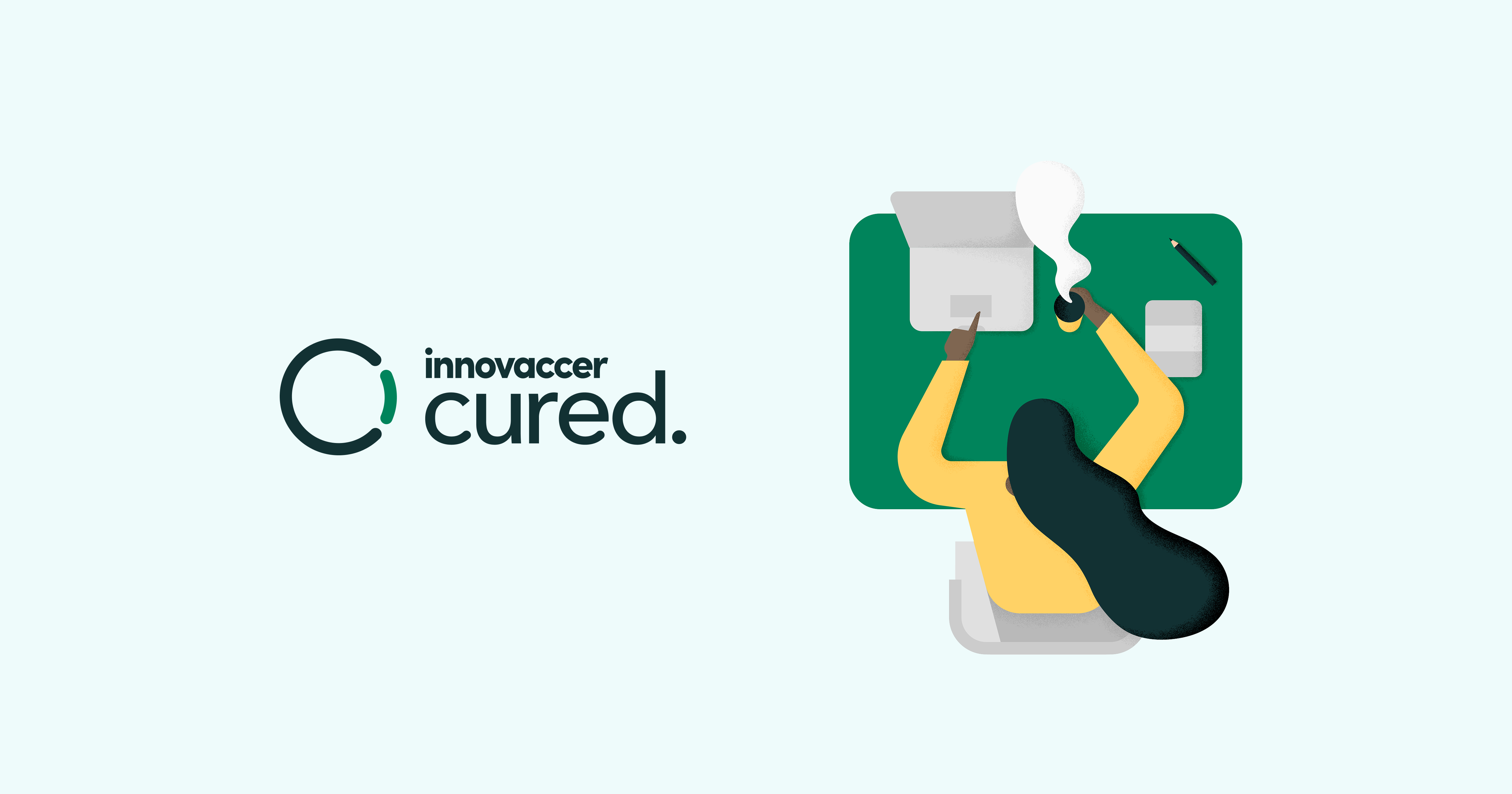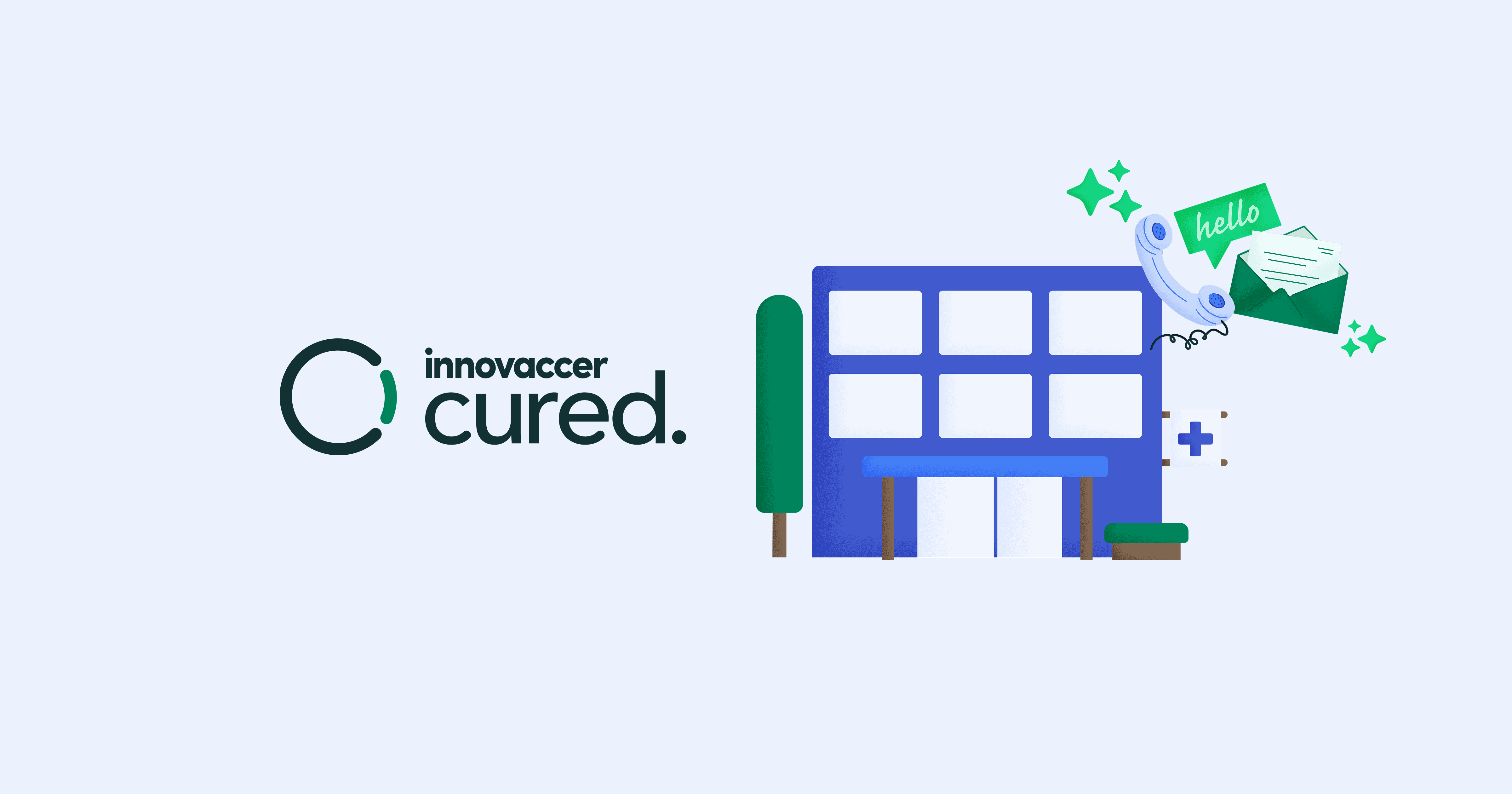CDP myths in healthcare: what marketers need to know to drive ROI

Uncover the truth behind common healthcare CDP myths and learn how to drive better marketing ROI with unified patient data.
Healthcare marketers are under more pressure than ever to deliver results. Faster outreach, smarter personalization, and measurable ROI are all necessary components of a successful marketing team. To get there, many are turning to Customer Data Platforms (CDPs). But while CDPs are growing in popularity, misconceptions still cloud what they do and what they don’t. Untangling these myths is a crucial step in selecting the right technology to drive meaningful impact throughout the patient journey.
what is a CDP?
A CDP is a centralized system that ingests data from multiple sources, unifies it into a single patient profile, and makes that data available for real-time engagement. In healthcare, this can mean combining EMR data, claims, consumer behavior, and marketing interactions to build a complete view of the patient, not just as a chart, but as a person.
Unlike traditional CRMs or data warehouses, CDPs are purpose-built for activation. That means the data doesn’t just sit in a dashboard but powers action across campaigns, service lines, access centers, and digital tools.
myth 1: a CDP is just another data warehouse
While both store data, a CDP is fundamentally different. Data warehouses are designed for analysis and reporting. CDPs are designed for engagement. They structure patient data so it’s not only unified but also immediately usable in real time, triggering campaigns, updating segmentation, and personalizing experiences across channels.
If you’re only analyzing the past, you’re not engaging in the present. A CDP gives marketers and patient access teams the power to do both.
myth 2: a CDP can’t handle healthcare complexity
Some assume that CDPs aren’t built for healthcare’s regulatory environment or fragmented data landscape. But modern healthcare CDPs are built to meet those exact challenges—de-identifying PHI where needed, connecting clinical with consumer data, and integrating with existing systems like EHRs and CRMs.
The key is choosing a CDP that’s healthcare-specific. Generic tools struggle to understand provider-patient dynamics, journey milestones, or clinical relevance. Purpose-built platforms translate complex health data into actionable insights.
myth 3: we already have a CRM—why do we need a CDP?
CRMs are vital for managing relationships, but they don’t unify or activate data at the same scale as a CDP. Most CRMs still rely on static segmentation or manual inputs and can’t power real-time outreach or behavioral triggers.
A CDP complements your CRM by feeding it enriched profiles, fueling smarter journeys, and closing the loop between marketing, access, and care coordination. If your CRM feels siloed or reactive, a CDP might be the missing layer.
powering ROI through real-time engagement
The true value of a CDP isn’t just in data, but in what you do with it. By detecting signals across channels and triggering timely responses to a tool like the Cured by Innovaccer Outreach, CDPs help healthcare marketers move from batch-and-blast to always-relevant engagement.
If a patient searches for orthopedic services, delays a mammogram, or clicks on a bariatrics campaign but doesn’t schedule, the CDP captures that behavior to easily be turned into a personalized nudge or a direct scheduling prompt through a marketing platform. These micro-moments of personalization drive conversion, reduce drop-off, and increase campaign efficiency.
the data foundation that fuels growth
A CDP is only as powerful as the data feeding it. That means integrating across clinical systems, digital platforms, and marketing tools to build a complete, clean, and connected patient view.
With the right foundation, your CDP becomes a launchpad—not just for campaigns, but for smarter decisions across the organization. Better data means better engagement, and ultimately, higher ROI.
healthcare needs more than another database
In an industry where every interaction matters, healthcare marketers can’t afford to rely on fragmented data or outdated assumptions. CDPs are more than buzzwords—they’re the connective tissue between insight and action. By debunking the myths and embracing a CDP purpose-built for healthcare, marketers can unlock the full value of their data, drive stronger engagement, and accelerate growth. Ready to see how a healthcare CDP can improve your patient engagement and ROI?



